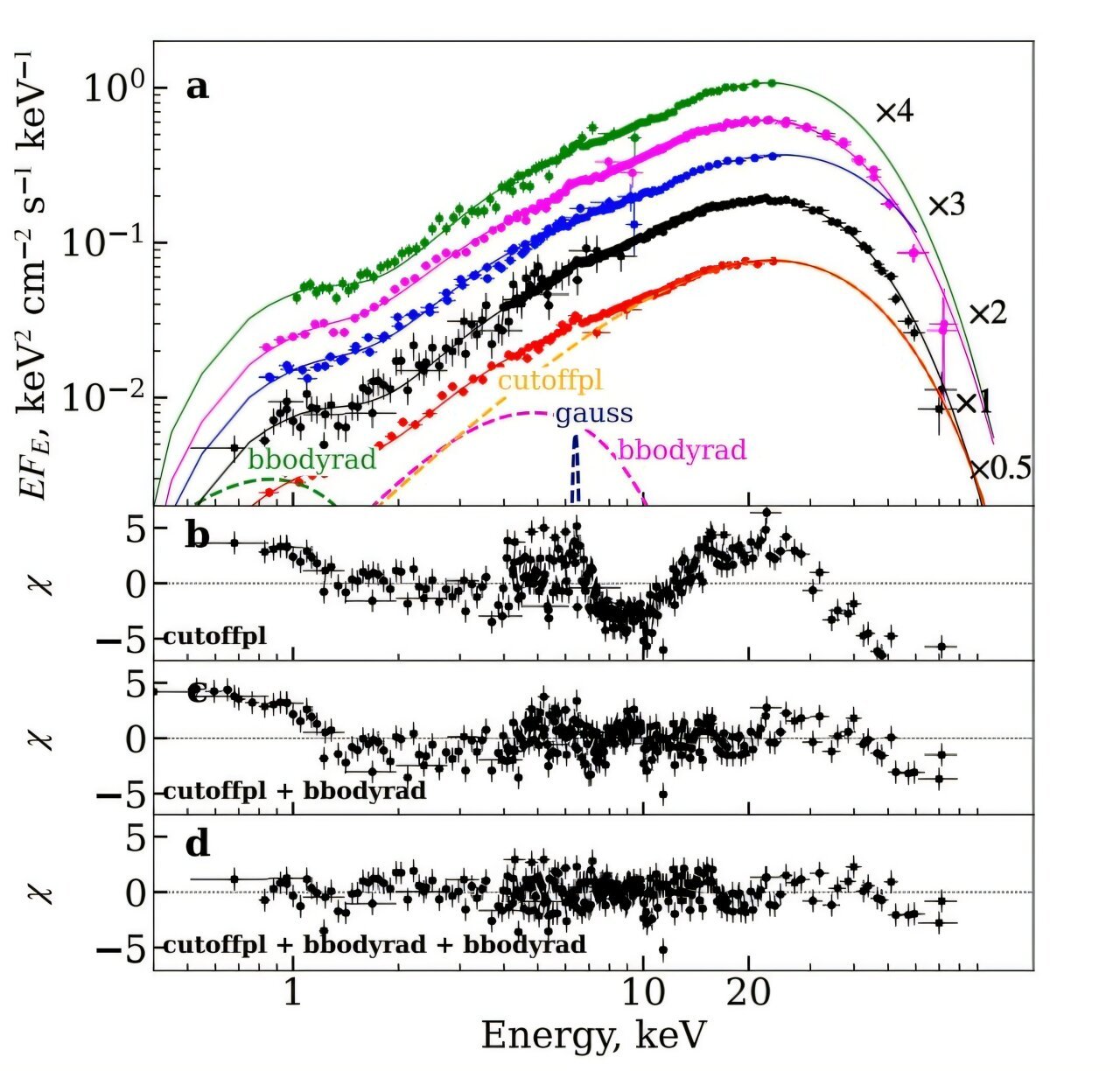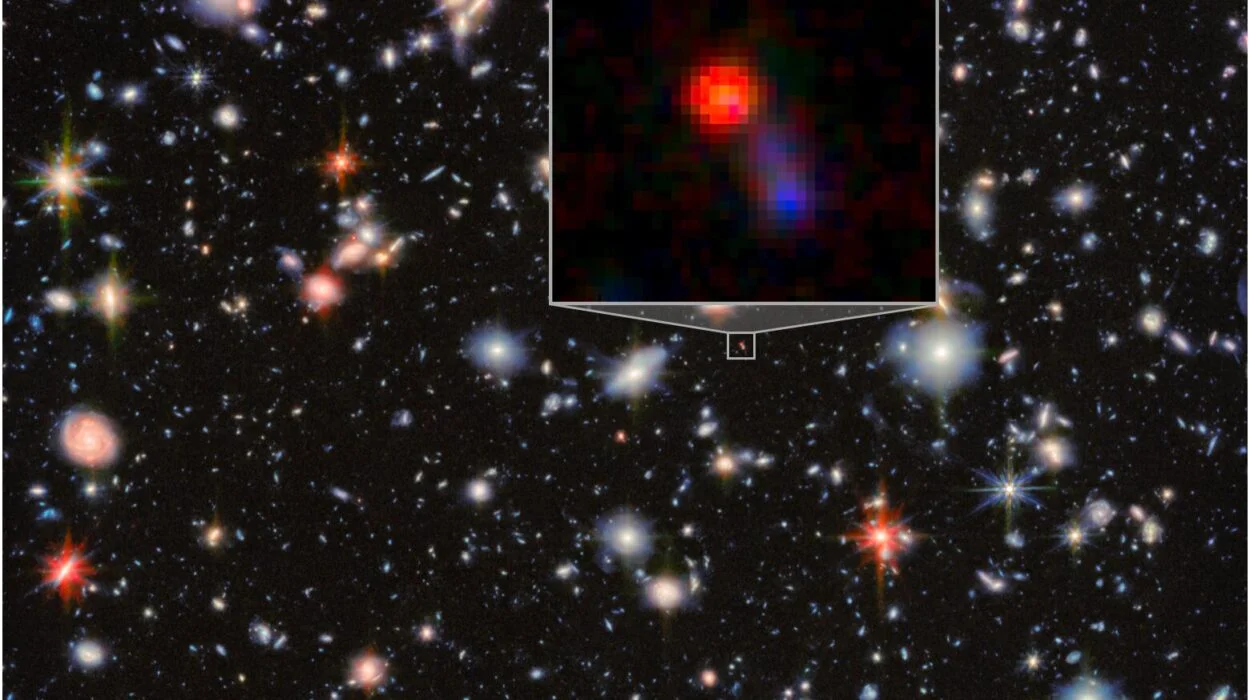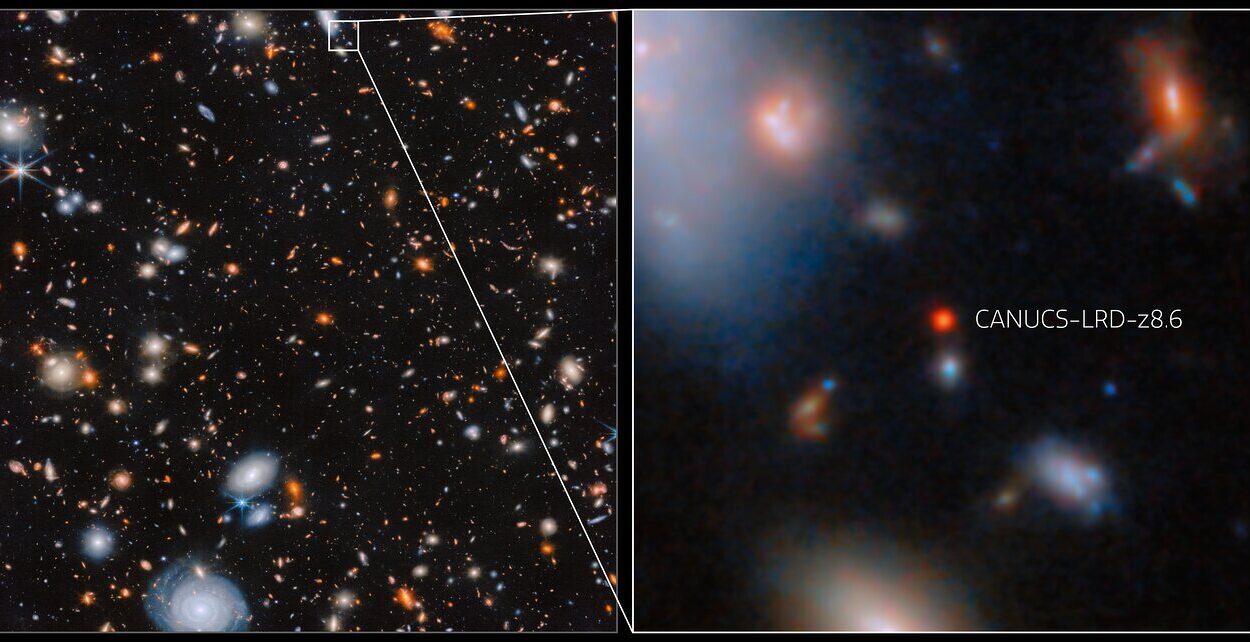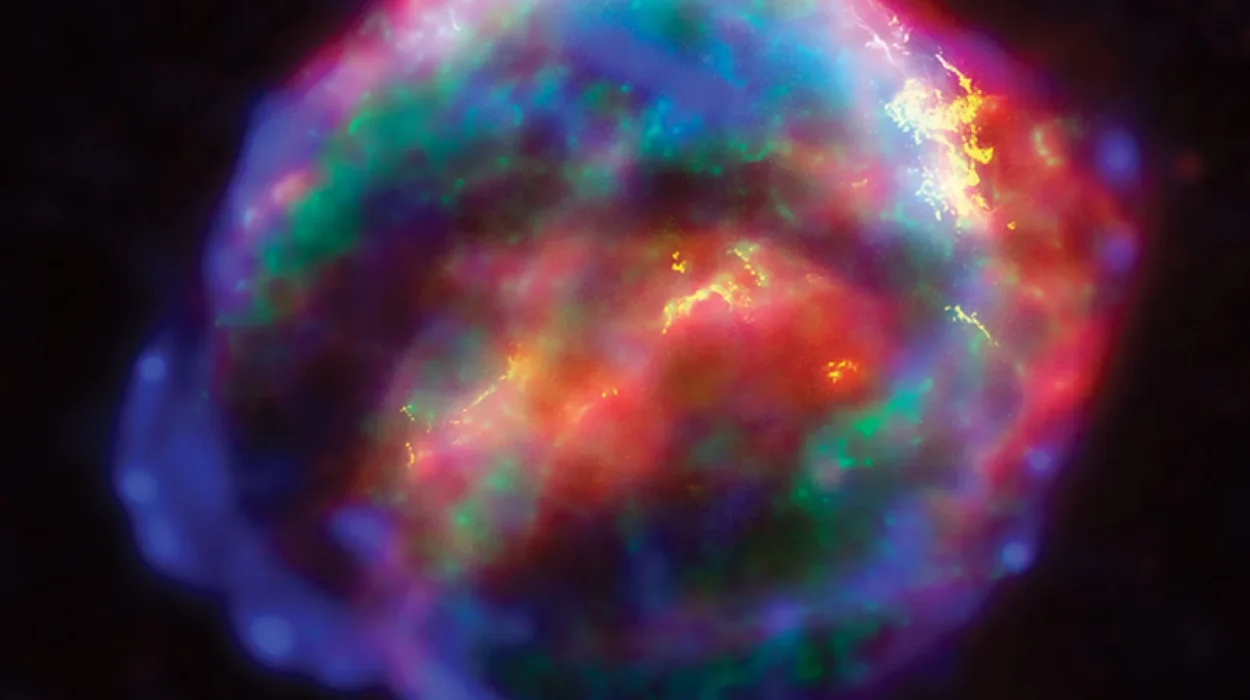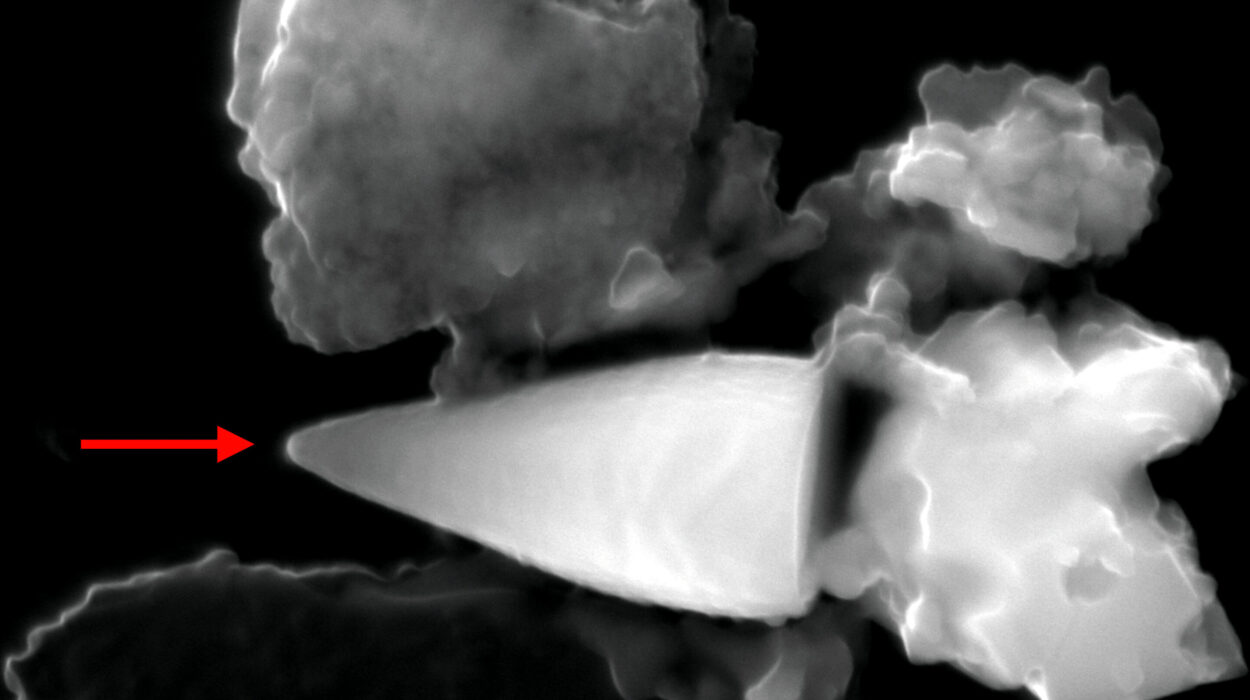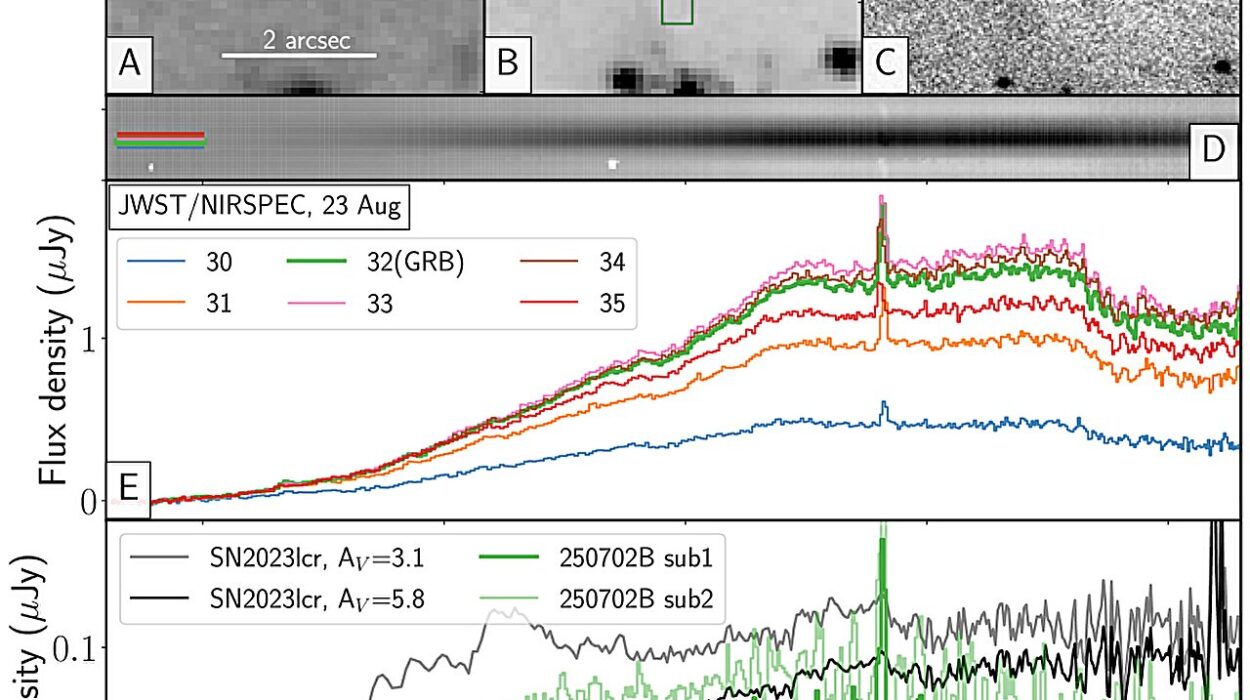In the deep, dim heart of a distant galaxy, a ghostly star pulses with furious energy—bright enough to momentarily rival the power of a hundred thousand Suns. It doesn’t just shine; it screams across the cosmos in X-rays, flaring and flickering like a cosmic heartbeat. Now, astronomers have tuned into its rhythm and uncovered a celestial mystery that could help unlock the secrets of how the universe’s most extreme objects feed and flare.
In a new study led by Alexander Salganik of the University of Turku in Finland, astronomers report the discovery of quasi-periodic oscillations (QPOs) in the X-ray binary system known as XTE J0111.2−7317—or more simply, SXP31.0. The discovery, published on June 24 on the arXiv preprint server, marks only the fourth known detection of QPOs in a super-Eddington pulsar, offering an unprecedented glimpse into how matter behaves at the edge of physical law.
A Pulsar in the Clouds
The object in question lies within the Small Magellanic Cloud (SMC), a satellite galaxy of the Milky Way located roughly 200,000 light-years from Earth. SXP31.0 is what astronomers call a Be/X-ray binary system—a type of high-mass binary made up of a neutron star (the super-dense remnant of a massive star that exploded in a supernova) and a Be-type star, a hot, fast-spinning giant that sheds gas into a surrounding disk.
In this pair, the neutron star is the gravitational vampire. It pulls material off its much larger companion, siphoning off gas that spirals down into an accretion disk. As this gas slams into the neutron star’s magnetic poles at relativistic speeds, it unleashes powerful X-rays. These intense flashes, punctuated by spinning pulses, are the hallmarks of a pulsar—a neutron star with a magnetic field so strong it forces matter into glowing beams of radiation.
Discovered in 1998, SXP31.0 has long intrigued astronomers for its powerful, recurring outbursts. These can last for weeks and push the system’s energy output close to—or beyond—the Eddington limit, the theoretical maximum brightness that a star can sustain without blowing itself apart from the force of its own radiation.
And in April 2025, SXP31.0 lit up once again.
Watching a Star Break the Rules
Salganik’s team seized the opportunity. They turned NuSTAR (NASA’s cutting-edge Nuclear Spectroscopic Telescope Array) toward the outbursting system, while simultaneously collecting data from the Swift observatory and the Spektr-RG satellite.
What they captured was extraordinary.
The system’s X-ray brightness peaked at an astonishing 250 undecillion erg per second—more than ten times the Eddington limit for a typical 1.4-solar mass neutron star. That places SXP31.0 squarely in the category of super-Eddington pulsars, a rare and elite group of objects that somehow survive what should be self-destructive radiation.
Even more remarkably, during this energetic frenzy, the researchers detected quasi-periodic oscillations—tiny, rhythmic variations in brightness—at a frequency of 0.8 millihertz, or one cycle every 20 minutes. This kind of QPO is extremely rare in pulsars and has only been seen in three other similar systems.
Echoes from the Edge of a Star
So what exactly are these strange oscillations?
Think of a QPO like the flickering of a candle in the wind—except the candle is a neutron star, and the wind is a torrent of matter spiraling in from space. The oscillations likely arise from instabilities where the accretion disk—the swirling disk of gas spiraling into the neutron star—interacts with the magnetosphere, the region dominated by the neutron star’s magnetic field.
This boundary is a zone of violent tension. Gas pushed inward by gravity crashes into magnetic forces that resist it. In this swirling dance, ripples and waves form—some of them regular, some chaotic. When those ripples are strong enough, they imprint themselves onto the X-ray light, creating the telltale pulse of a QPO.
In SXP31.0, these pulses didn’t last. They appeared briefly—at just the right level of luminosity—and then vanished when the brightness increased or faded. That transience, the authors suggest, means that QPOs are only possible under precise physical conditions. Too little gas, and there’s not enough instability. Too much, and the system may enter a different, more turbulent mode altogether.
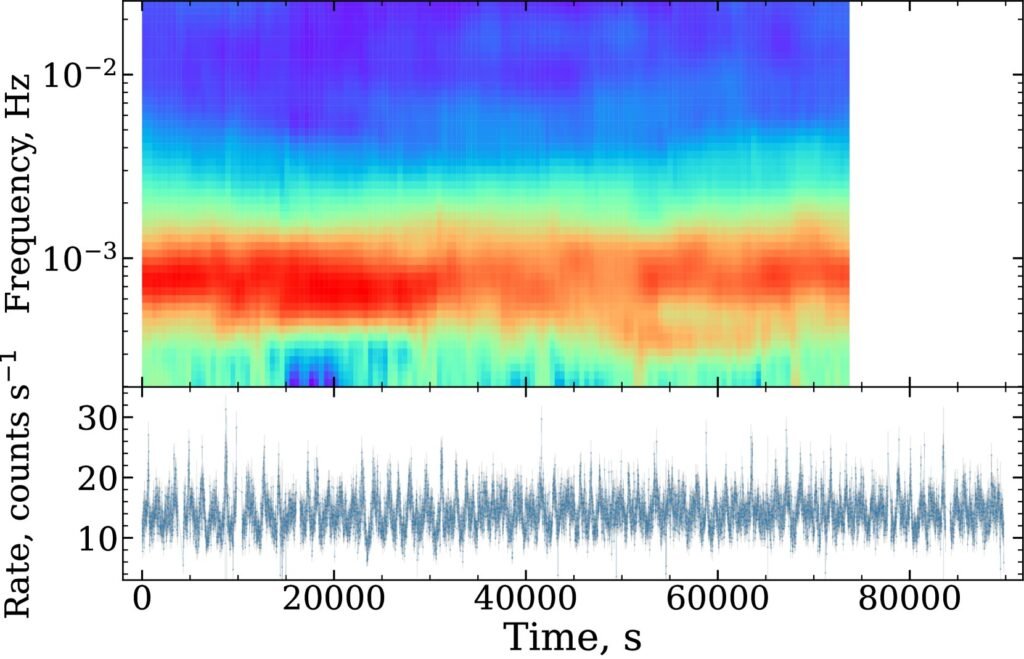
A New Window into Super-Eddington Physics
The discovery has huge implications. Super-Eddington accretion is one of the most mysterious processes in astrophysics. Theoretically, nothing should be able to accrete matter at such extreme rates—radiation pressure should blow the gas away before it gets close. But somehow, some neutron stars and black holes defy this limit.
Understanding how they do this could reveal fundamental truths about black hole growth, star formation, and even the origins of cosmic structures in the early universe. QPOs, like those seen in SXP31.0, offer a precious probe into the chaotic regions where this battle between gravity and light unfolds.
“This is an extraordinary object,” the team wrote. “Its unique behavior allows us to study the transition between different accretion regimes in unprecedented detail.”
The Bigger Picture
With this discovery, SXP31.0 has joined the ranks of a very exclusive group—those rare systems where astronomers can glimpse the inner mechanics of cosmic engines running at overdrive.
While it may be invisible to the naked eye, this tiny point of light in the Small Magellanic Cloud is now one of the universe’s most valuable laboratories. It proves that even at the limits of physical law, order can emerge—briefly, beautifully, in the form of a flickering pulse across time and space.
As astronomers continue to watch and listen, they hope that these rhythms—these echoes from the edge of stars—will reveal even more about how our universe works at its most extreme.
Reference: Alexander Salganik et al, Discovery of a 0.8-mHz quasi-periodic oscillations in the transient X-ray pulsar SXP31.0 and associated timing transitions, arXiv (2025). DOI: 10.48550/arxiv.2506.19601
